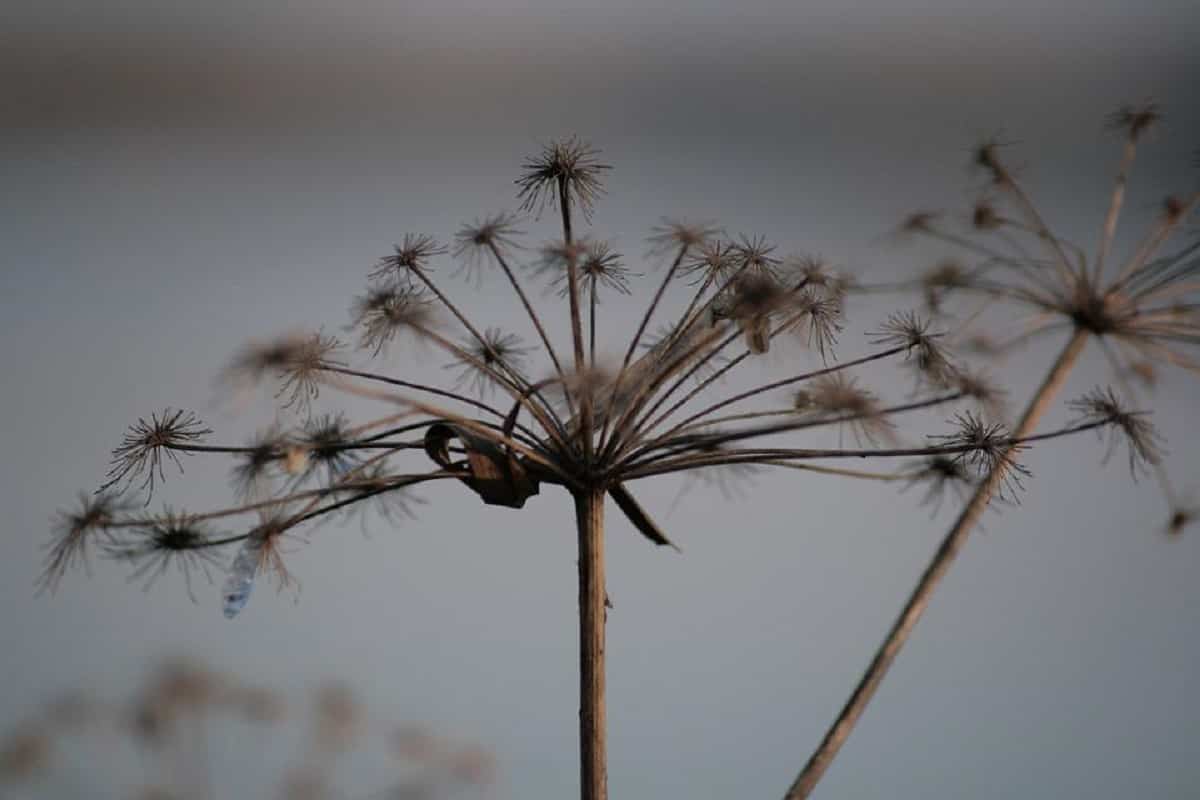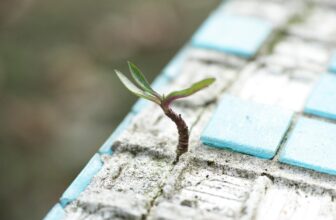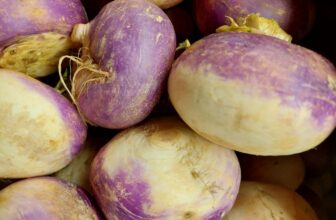
Food has always played a major role in our technological advances and adjustments to shifting environments. There is a surplus of food these days, however, some areas suffer from a lack of it. People worldwide experience starvation and food insufficiency. Seedbanks are a key to success in this case.
To be sure that the human race stays flourishing, it is crucial to work hard to end global famine. Striving for positive changes, we can reduce this problem via educational programs, ecological sustainability, and the preservation of plant seeds.
So, in what way might the preservation of plant material benefit underdeveloped parts of the world? The collections of seeds, aka seed banks, were established as a protective mechanism against natural calamities and changes in the climate. Aimed to protect the existing level of plant species diversity, they still need to be organized and developed in more areas of the world. There are presently a great number of such banks constructed globally. However, the more the better.
The importance of seedbanks
The fundamental purpose of such seed stocks is to provide help in case something terrible happens. They were designed to prepare for the risk of epidemics, nuclear fallout, and environmental crises. Our crops’ biological variability has decreased as a result of modern farming, making them less adaptable to particular climate conditions. This variability needs protection and can become safe with the help of seed banks.
Global seed stocks
There are numerous seed banks everywhere in the world. There are around twenty recognized seed banks just in the USA alone. More than a thousand of them operate globally today. Svalbard International Seed Vault is the biggest seed bank in the world. It goes by the moniker “Doomsday Vault.” However, seed banks exist in a variety of forms and sizes. Each part of the world is a place for several big seed banks, but also minor ones that have been established by certain localities. Here are the two that stand out the most.
Millennium Seed Bank
This seed preservation facility was established in 2000 in Sussex. It maintains a stock of more than two billion seeds from numerous species in radiation-proof vaults that can also withstand floods, bombings, and other disasters. This bank has about sixteen percent of the planet’s wild plant species and houses seeds from most native plant species found in the United Kingdom and huge collections from other nations and regions.
It is regarded as the planet’s most abundant source of plant seeds. The seeds are processed for storage by drying and freezing them. Then they are kept in very cold chambers. Additionally, the bank has a range of greenhouses where seeds can be grown.
Svalbard Global Seed Vault, Norway
The Svalbard Global Seed Vault is sometimes called the “Noah’s ark of seeds”. It seeks to hold a duplication of every seed of the world. It is situated in the archipelago in a purposefully secluded area. The treasury, which now houses different kinds of seeds, can keep them secure for more than twenty years even if the electric power goes out. A tunnel inside the mountain leads to storage areas with more than a million seeds from roughly six thousand species of plants.
If the chilling chamber fails, it is hoped that permafrost will keep the seed samples preserved. Although controlled by the Norwegian government, the vault benefits the whole world.
Everyone can contribute
Anyone can start their personal seed bank. Simply gathering the seeds and preserving them in a container for later usage is all you have to do. You can find a lot of interesting and useful information about starting your seed bank in our previous article.
Numerous programs, such as Seeds of Peace, and others are all welcome contributions of seeds. Additionally, a sizable number of nonprofit groups worldwide encourage the creation of local seed banks.
People all around the world are confronted with difficulties linked to food and farming as a result of the proliferation of GMO plants and environmental degradation. By assuring the preservation of native plants and reintroducing the usage of certain species to offer agrarian stability, seed banks can help locations that are most impacted by famine.




